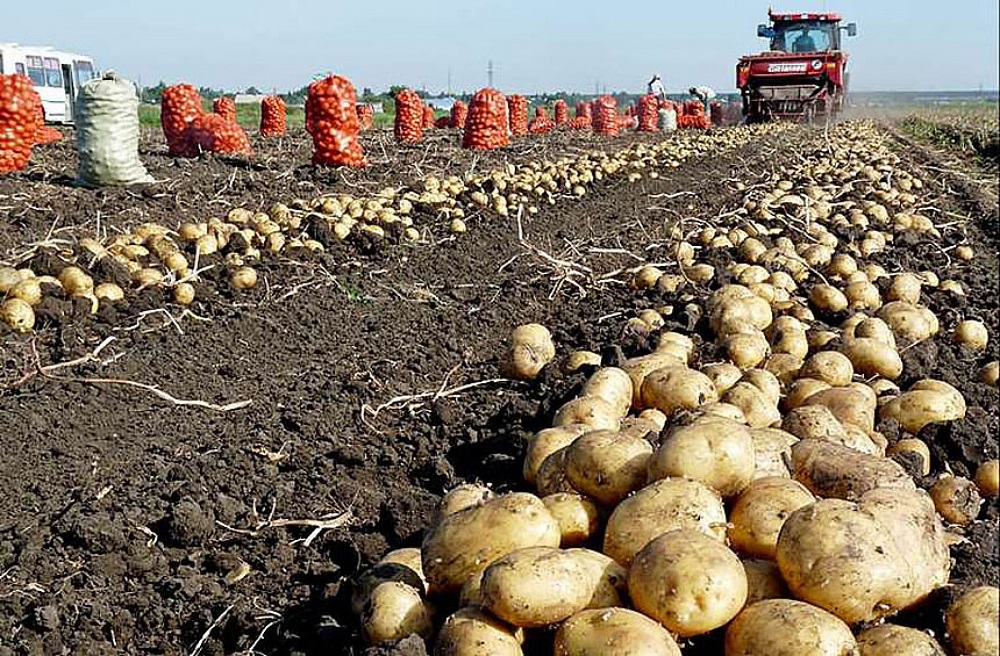#Agriculture #PotatoHarvest #WeatherImpact #MarketDynamics #SeedPotatoAvailability #ClimateChange #EuropeanAgriculture #EconomicImpact #FarmingChallenges
As the 2023 potato harvesting season in North-western Europe comes to a close, the region faces unprecedented challenges. Abundant rainfall, particularly in the Netherlands, Belgium, Germany, and France, has led to delays in harvesting, impacting the overall production and creating uncertainties for the agricultural sector.
Harvest Overview:
After a relatively moderate summer, potato yields were promising, reaching an average of 45.8 t/ha in the EU-4, marking a 6.3% increase from the previous year. However, the extended period of rain in October disrupted harvesting activities, with only around 22.2 million tonnes of potatoes harvested out of an estimated 23.6 million tonnes.
Weather Woes:
October’s poor weather conditions, followed by significant rainfall in November, brought the harvest to a standstill. Regional flooding, especially in Northern France, western Belgium, and coastal regions in Holland, further complicated the situation. Approximately 15% of potatoes in Holland and 11% in Belgium remain unharvested, leading to increased costs for harvesting, washing, drying, and storing.
Economic Impact:
The challenging harvesting conditions have triggered fluctuations in the potato market. After a brief period of oversupply, lower availability has driven up free-market potato prices from EUR 8 to EUR 20 per 100 kg. The demand for healthy, dry potatoes is on the rise, impacting both the industry and export sectors.
Future Concerns:
Growers express worries about the unharvested acreage, as potatoes left in anaerobic conditions risk rotting. Quality issues may arise for the harvested potatoes, impacting storage. Some contracts may not be fulfilled, contributing to further market instability. The coming weeks will determine how many potatoes can still be lifted, with concerns about potential shortages in spring 2024.
Seed Potato Shortage:
Looking ahead to the 2024 season, concerns intensify about seed potato availability. Reduced hectarage, larger but fewer tubers, and increased downgraded seeds in several European countries will lead to a 20% decrease in seed availability. The article emphasizes the need for seed potato growers to navigate the challenges and capitalize on announced price increases.
The potato industry in North-western Europe faces a critical juncture in 2023, with excessive rain impacting the harvest and creating ripple effects on market dynamics. As we navigate these challenges, it becomes evident that climate change and unpredictable weather patterns are reshaping the landscape of potato cultivation. Farmers and stakeholders must adapt to this new reality, considering the economic and logistical challenges posed by the current conditions.

